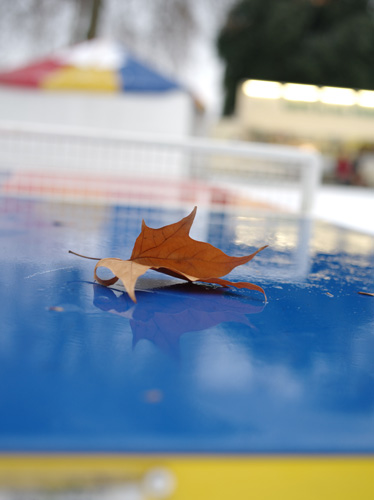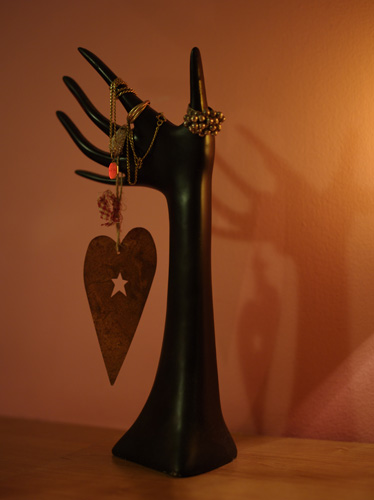Original URL: https://www.theregister.com/2011/02/04/review_camera_pentax_645d/
Pentax 645D medium format digital camera
The 40Mp field worker
Posted in Personal Tech, 4th February 2011 07:00 GMT
Review Back in 2003 Pentax hinted at the development of a digital version of its classic 645 medium format film model. Given how much time has passed, I was beginning to wonder if it would ever see the light of day.
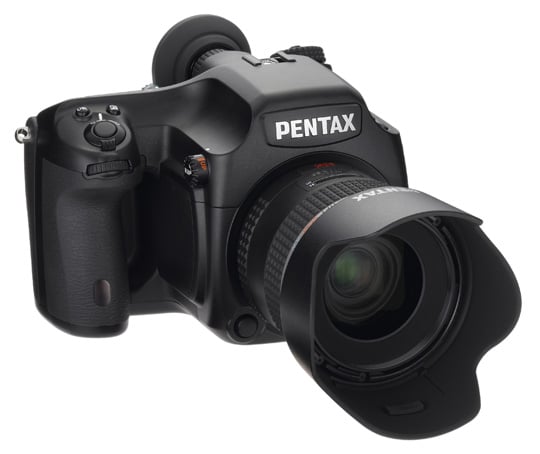
Late developer: here at last, Pentax's 645D
The Pentax 645D uses a 40Mp Kodak KAF-40000 full-frame CCD sensor [PDF here], which is 44 x 33mm in size, producing 7264 x 5440 pixel files. The pixel size is the same as the Nikon D3x but the sensor measures more than double the DSLR's, giving the 645D a huge advantage in terms of resolution.
Like the Leica S2, the native resolution is further improved by the lack of anti-aliasing filter. It also features effective mirror dampening and a mirror lock-up function – these minimize camera shake and reduce mirror mechanism noise and blur. Unfortunately like almost all CCD-based cameras, the 645D does not offer Live View.
Following in the footsteps of its film predecessor, the 645D is built for fieldwork and features 11-point autofocus, 77-segment metering and dual SD/SDHC card slots. Incidentally, Pentax has recently released a firmware update to enable SDXC card support. At £9,000 for the body-only, it is a very good deal when pitched against its natural competitors such as the Hasselblad H-system, the Leica S2 and Phase One cameras.
Pentax claims the 645D is the first medium format to be equipped with a sensor dust removal system, and it comes with full weather seals – both essential features for any serious outdoor use. Also handy is the dual slot for SD/SDHC memory cards that allows for simultaneous saving in multiple formats and the extra tripod mount for portrait orientation.
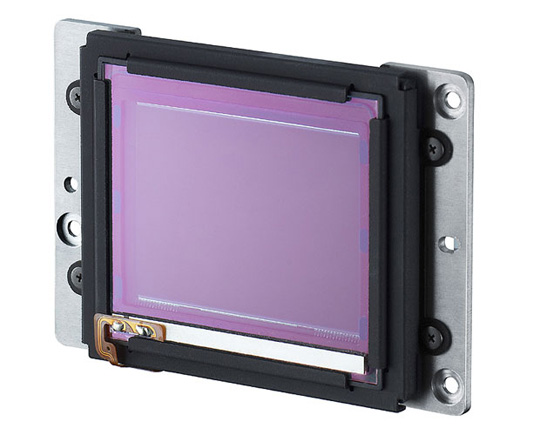
Kodak's 40Mp sensor dwarfs DSLR full-frame offerings
The 645D is bigger than a high-end DSLR, mostly due to the larger mirror-box adding bulk to the middle of the body. It has a magnesium alloy casing and die-cast aluminum chassis that reduce weight while increasing strength and thermal resistance. Indeed, the 645D was much lighter than I expected.
Comfort zone
Having recently tested the Leica S2, I was initially taken back by the bulk of the 645D but it took me less than a day to totally fall in love with the design and controls layout of this camera. The body is so well designed that I’d say it is the most comfortable and easy to handle professional camera that I have ever used, and that includes DSLRs.
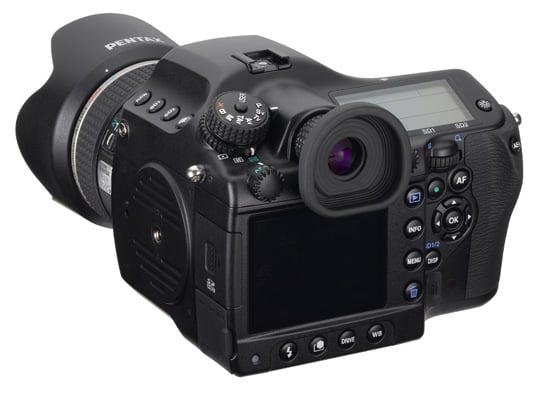
Ergonomic excellence
It fits snugly and firmly in the hand and with its large, ergonomic and very recessed handgrip it is a pleasure to hold. Compared to the linear elegance of the Leica S2 or the neat looks of the Hasselblad H system, the 645D might look clattered with its abundance of buttons and dials taking up virtually all available body surface, but whilst it might not be a looker it is by far the most user-friendly control layout I’ve experienced.
The 645D is also easy to customise. Not only do you have programmable options in the user settings and customisable buttons – like the AF and the RAW – but you can also assign functions to the dials for each of the different shooting modes.
Another nice touch is that once you select a control button, you can then choose among the options available in that function – without having to use navigation arrows, scroll dials or OK commands – just by continually pressing the button. Once you’re familiar with the layout of the controls, this facility allows you to change virtually every setting without taking your eye off the subject you’re photographing. Great stuff.
The menus are also intelligently and logically organised, with the bonus of a basic description appearing when a menu option is highlighted that briefly describes what that function does. The back of the 645D features a 3in LCD screen with 921,000 dot resolution, wide angle viewing and up to 32X magnification – a welcome step up from the inadequate monitors normally found by digital medium format models. The screen is fixed but the orientation of the display changes accordingly with portrait or landscape mode.
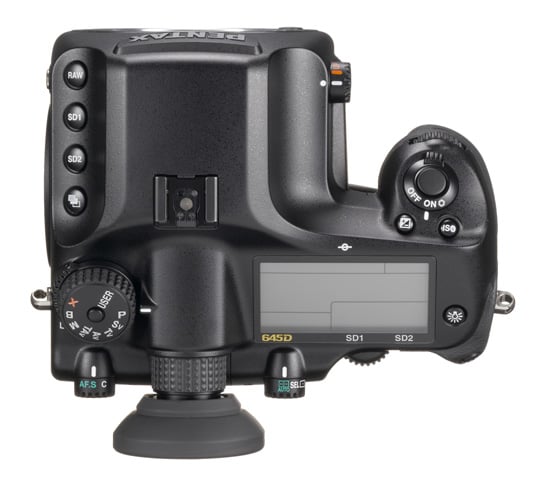
The sizeable top LCD keeps you in the picture regarding settings
All the shooting and set-up information is clearly displayed on the screen and if you need to you can turn the LCD into an electronic spirit level by just pressing a button – the level can also be displayed into the viewfinder. There is also a top data LCD of generous size and slanted for easy viewing when holding the camera. The viewfinder is bright and accurate making manual focusing easy and precise.
Sample Shots
Full-resolution sample image download (16MB)
Sample Shots
ISO Tests
Timed exposure
While both the autofocus proved responsive and the metering precise – delivering perfectly exposed pictures without need for manual adjustments – the processing speed proved disappointing. The continuous shooting speed is 1.1 frame per second, but the real blow is the painstaking eight seconds the camera takes to write down the files on the memory card and the six or more seconds it takes to display them on the screen.
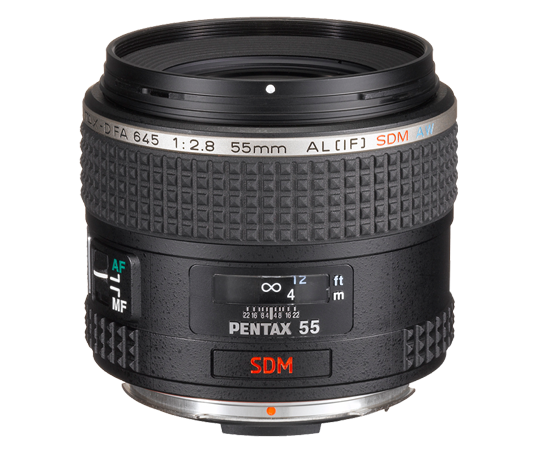
New lenses are rumoured soon, but the 55mm prime is the only calibrated model currently available
Moreover, the latter can arbitrarily increase to tens of seconds for no obvious reason. As annoying as this is it does not actually affect the camera’s ability to keep shooting, as data writing runs in the background without locking up the camera.
The Pentax 645D image quality is every bit what you’d expect from a medium format camera and maybe more. Pictures are pin sharp and show off beautifully rich textures and exceptional colour gradation. Compared to professional DSLRs, the 645D renders much better detail and smoother tonal transition.
Dynamic range is also terrific, with fine detail in both shadows and highlights. The camera offers a Dynamic-Range Expansion option that increases the natural range to maximise detail in critical areas, but it is seldom needed. Other cool features include a lens correction function to compensate for chromatic aberration and barrel distortion. There’s also pixel mapping that detects and shows defective pixels on screen and a good range of custom image modes like the Vintage Reversal Film, that mimics the high saturation and fashionable characteristics of transparencies.
The 645D has a native ISO range from 200 to 1000 but it can be extended to cover 100 to 1600 ISO. The camera handles noise superbly. Not only because it shows a very minimum amount of noise, at even the highest ISO, but mostly because the quality of its noise is aesthetically far more pleasing and usable than most. At top ISO speeds noise is there but there is very little chromatic noise, and image deterioration only occurs in increased grain, which has the typical soft gritty look of high speed films, as opposed to the odious purple and green specs of high speed digital capture.
The one significant weakness of this camera is its lens range. There is not much use in reaching these peaks of resolution if you don’t produce lenses that deliver that pixel power consistently across the sensor. That’s the reason why leading medium format manufacturers invest equally in both camera bodies and quality lens systems that are carefully calibrated for high-standard digital capture.
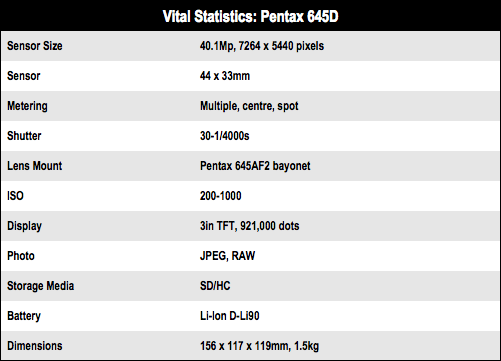
Glass half full?
Although the 645D is compatible with most old Pentax lenses, which are notoriously good and cheap, these simply do not compare to the glass available on the new Hasselblad, Phase One or Leica models. At present Pentax has released only one digitally-optimised lens, the SMC Pentax-DFA 645 1:2.8 55mm AL (IF) SDM AW, which I used in this test shoot. While Pentax offers 15 lenses compatible with this model, however, later this month more news on optimised lenses is anticipated.
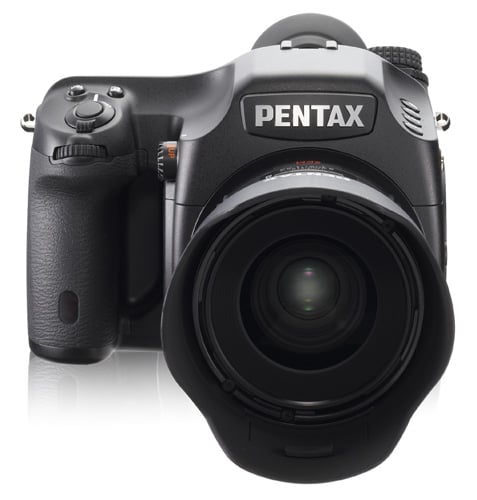
Great value, but needs more quality glass to show of the extent of its capabilities
This 645D’s 55mm prime lens is dust-proof and weather resistant, has a completely rounded diaphragm to produce a natural, smooth transition between focal plane and out of focus areas. Its also features a new supersonic direct-drive motor for effortless autofocus and a special lens coating to minimise flare. The lens is bright and fast and does justice to the calibre of the sensor, delivering a level of detail far beyond the reach of a DSLR.
Verdict
I was pleasantly surprised by the clever design and stunning picture quality of the 645D. It is almost the perfect blend of medium format image detail with DSLR ease of use and ergonomics. At a fraction of the price of a Hasselblad, the 645D is certainly appears great value, and there are plenty of compatible lenses out there for it. That said, if Pentax wants to be a serious contender in the digital medium format market it needs to invest in delivering a range of calibrated lenses to complement the capabilities of the 645D camera body. Hopefully, the company won’t take as long as it took to bring the 645D to market or the allure of this camera's excellent bang for buck will be very short lived. ®
Catherine Monfils is a professional photographer specialising in portraiture, lifestyle and fashion.
More Camera Reviews… |
|||
 Leica Leica
S2 |
 Hasselblad Hasselblad
CFV-39 |
 Leica Leica
M9 |
 Nikon Nikon
D3s |


